Is There Any Scientific Evidence Behind Ice Baths?
What We Know Now Vs. What’s Still on Ice
CWI = cold water immersion.
The Purpose of This Post
I have been a big fan of ice bath therapy since I was introduced to it by Tyler Butler, one of the founding members of TubClub Pittsburgh. I have been using ice baths on and off — semi-consistently over the years, with temperatures ranging from 35 to 40 degrees Fahrenheit for about 5 to 15min per session. I believe immersion in cold water has offered me many benefits.
Nonetheless, I wanted to be able to speak on this topic with a little more authority and confidence. I basically wanted to find out if these perceived benefits were actually real, partially real with caveats, entirely made up, part of a placebo effect, pure hype, or something else. So I set out to answer the following question:
Is there any scientific evidence in favor of ice baths/CWI therapy for human health?
I know there are many books, lectures, interviews, podcasts, and videos on the topic. But the main issue with these formats, is that anybody can say anything and publish all sorts of claims regardless of the validity of said claims. All it takes is a little charisma, really 🤷🏽— with some medical jargon sprinkled in, a little confidence, high production value, and an audience ready to eat it up.
The difference between these commonly used formats and actual scientific studies, is that — at least in principle, scientific studies are subjected to the rigors of the scientific method and peer review before publication. This is why I rely exclusively on scientific studies for my Substack posts.
The Scientific Method
The scientific method requires researchers to formulate a hypothesis, design experiments to test that hypothesis, collect and analyze data, and draw conclusions based exclusively on the results. The process must be repeatable by other scientists, and findings should be consistent and objective to provide reliable insights.
Peer Review
The peer review process happens once you submit your finished study to a journal for publication. During this stage, the editor sends out your work to anonymous experts in the field (basically your colleagues at other universities) to critically assess the study, identifying potential flaws in the experimental design, reasoning, data interpretation, and conclusions. At this point they then can either reject the manuscript (if it is too shitty of a study), accept as is for publication (which never happens), or send the study back to you for revisions.
This process helps filter out weak or unreliable science — ensuring that only high-quality research is published. Does this process occasionally lead to drama, gatekeeping, and escalated rivalries? You bet your ass it does. Scientific niches are small communities with big egos after all.
In general, it is not uncommon for the authors of a study to submit multiple revisions of a manuscript before all reviewer concerns have been satisfactorily addressed and the manuscript is green flagged for publication. The process can sometimes take longer than a year — particularly if important experiments need to be repeated or if additional data needs to be collected to meet statistical requirements. It can also be very expensive.
For reference, I have published about 30 scientific studies, and not a single one has ever been accepted for publication without at the very least, minor revisions required.
This is a good thing btw... You want as many experts in the world to lay eyes on your work before you put it out there for the rest of the planet to see.
How I Went About This:
I went into PubMed — basically the go-to online database for biomedical literature (research articles, clinical studies, and reviews) that us scientists use, and I did an exhaustive search on this topic using the terms: ice bath, ice bath therapy, cold exposure therapy, and CWI therapy. I excluded the use of cryotherapy for treatment of medical conditions like rheumatoid arthritis, pain from childbirth, etc.
Keeping in mind that not all studies are made equal — for example, while systematic reviews and meta-analyses provide the highest level of evidence because they combine data from multiple studies across various centers using very powerful statistics, things like case studies, on the other hand — along with editorials and expert opinion communications rank lower because although they may provide some insights and personal views about a specific topic, they rely on anecdotal reports and lack the robustness of higher-level statistics. In other words, they are biased by definition.
In Any Case — Here Are My Findings:
1. There Has Been an Uptick in Interest 🎉:
Although some of these hits just happen to match the key words of my search without having anything to do with our purposes — For example: “Total Sleep Deprivation and Pain Perception during Cold Noxious Stimuli in Humans”, interest in ice baths and cold immersion therapy by the scientific community has undoubtably increased in recent years 👏🏽👏🏽.
2. Meta Analyses and Systematic Reviews:
These are the big guns, the top of the shelf when it comes to scientific studies. Here is what I found in these:
Most of these robust studies focus on the effects of cold therapy on recovery from exercise. Follow the money, right? (professional sports)
A few of these studies look at the effect of cold therapy on Strength and Endurance Performance.
A couple of studies looked at Cardiovascular Effects
The rest looked at things we don’t care at all like the treatment of heat stroke, measurements of other variables like core temperature, or completely unrelated things like the effect of cold on salmonella in chickens lol.
What does the data show? Good question. Keep reading:
✅Exercise Recovery:
This study combined 23 papers to show that CWI was beneficial for recovery at 24 hours and 72hrs. Results were based on countermovement jump, all-out sprint, fatigue, and neuromuscular recovery following team sport activities.
This other study included physically active participants exclusively and summarized 28 papers. It showed that while CWI was superior to other recovery methods for recovering from muscle soreness, it is similar to other methods for recovery of muscular power and flexibility.
This meta analysis combined 52 studies and showed that cold immersion therapy improved the recovery of muscular power 24 hours after eccentric and high intensity exercise, reduced serum creatine kinase (a biomarker of muscle damage or injury), and improved muscle soreness and perceived feelings of recovery.
⚠️Strength and Endurance:
This meta analysis has data confirming what we a lot of us already suspected: Ice bathing after a workout affects your gains, bro. The study combined data from 8 papers and showed that CWI has a harmful effect on resistance training for one-repetition maximum, maximum isometric strength, and strength endurance performance, as well as for ballistic efforts performance. It also showed no effect on endurance training based on time-trial, maximal aerobic power, and time-trial performance duration. 👎🏽
This meta analysis resulted in similar findings. It combined ten studies and found attenuated gains in muscular strength following single limb CWI. 👎🏽
In summary, CWI seems to help with certain aspects of exercise recovery like delayed onset muscle soreness (DOMS) and fatigue, while at the same time having a deleterious effect on resistance training adaptations and no effect at all on aerobic exercise performance. I suspect these observations — both positive and negative, may have to do with ice baths blunting the inflammatory response that usually follows exercise-induced tissue damage. But don’t quote me on that. This is not my field of expertise. Moving on:
❤️Cardiovascular Effects:
This meta analysis of 27 studies shows that cryo-stimulation and/or CWI enhance parasympathetic nervous activity, leading to reduced HR following cold exposure.
This study reminds us that CWI can evoke a life-threatening reflex called the cold shock response (CSR): inducing hyperventilation, increasing cardiac arrhythmias, and increasing drowning risk by impairing safety behavior. More importantly, it combined results from 13 studies to show that repeated immersions induce CSR habituation “potentially reducing risk”. Whew 😅
3. Clinical Studies
Once I finished combing through Meta Analyses and Systematic Reviews like a savage, I moved on to clinical studies — the next level down, with hopes of finding additional data on things like longevity, stress, inflammation, metabolism, hormonal control, etc... You know, the good stuff.
The idea here was to focus on the next level of evidence: any effect or outcome in humans subjects observed in properly designed experiments. As you would expect, these clinical studies cover a wider range of topics when compared to Meta Analyses and Systematic Reviews (Duh). In this case, I excluded anything related to the topics already covered in the previous section since those large studies already combined that data, plus I wanted to avoid redundancy. Here is a summary of the individual clinical studies I found:
Inflammation:
This 2017 study looked at inflammation: We compared the effects of CWI and active recovery (ACT) on inflammatory and cellular stress responses in skeletal muscle from exercise-trained men 2, 24 and 48 h during recovery after acute resistance exercise. They looked at inflammatory cells, pro-inflammatory cytokines, neurotrophins and heat shock proteins (HSPs) in skeletal muscle after intense resistance exercise and found that “CWI is no more effective than active recovery for reducing inflammation or cellular stress in muscle”. 🤔🤔🤔
Figure 6. Post‐exercise changes in expression of GDNF and NGF mRNA Data are presented as changes in the mean ± SD for GDNF and the geometric mean ± 95% confidence interval for NGF. n = 9. * P < 0.05 versus pre‐exercise value.
This 2014 Study looked at the effect of meditation, breathing, and CWI on the innate immune response. They infected subjects with 2 ng/kg E. coli 😯 and then measured the levels of proinflammatory mediators TNF-α, IL-10, IL-6, and IL-8. They concluded that these methods (together referred to as voluntary activation of the sympathetic nervous system) results in epinephrine release and subsequent suppression of the innate immune response in humans.
Plasma cytokine concentrations during endotoxemia in control and trained subjects. (A, C, E, and G) Median values of pro- (TNF-α, IL-6, and IL-8) and anti-inflammatory (IL-10) cytokines (n = 12 per group). (B, D, F, and H) Median ± interquartile range of area under curve (AUC) of pro- (TNF-α, IL-6, and IL-8) and anti-inflammatory (IL-10) cytokines (n = 12 per group; unit: ×104 pg/mL·h). P values were calculated using Mann–Whitney u tests.
This 2021 study looked at the hematological profiles, systemic inflammation, and muscle damage responses to CWI vs. control during recovery after the Ironman World Championship. They found CWI does not affect recovery markers 24- and 48-hours post-race vs. control, and determined that their short protocol was not sufficient to improve recovery.
This randomized controlled trial from 2014 had eight healthy recreationally active males complete five trials of a high-intensity intermittent sprint protocol followed by a randomly assigned recovery condition: 1 of 4 CWI protocols (CWI-10 min × 20 °C, CWI-30 min × 20 °C, CWI-10 min × 10 °C, or CWI-30 min × 10 °C) versus passive rest. They concluded that “Cold-water immersion appears to facilitate restoration of muscle performance in a stretch-shortening cycle, but not concentric power. These changes do not appear to be related to inflammatory modulation. CWI protocols of excessive duration may actually exacerbate the concentration of cytokines in circulation post-exercise; however, the origin of the circulating cytokines is not necessarily skeletal muscle.”
This 2023 study found an increase in circulating leukocyte subsets such as CD8+ T cells and CD56loCD16+ natural killer cells, suggesting that partial body cryotherapy may induce a transient mobilization of lymphocytes. Hence, partial body cryotherapy may “enable a more efficient trafficking of these cells from the circulation to the site of initial cellular insult from exercise, potentially accelerating the process of cellular recovery.”
This randomized controlled trial looked at the effect of both cold and hot water immersion on inflammatory responses in rugby players. Both treatments resulted in reductions in CK (marker of muscle damage). Hot water immersion resulted moderately decreased IL-1ra and increased growth factors (PDGF-BB, IGF-1), and CWI increased HSP-72 - “suggesting a thermoregulatory response indicating improved adaptive inflammatory responses to temperature changes”.
This randomized controlled trial examined the impact of a single partial body cryotherapy exposure on circulating peripheral blood mononuclear cells compared to CWI or a control on 26 males. The study found that although both treatments have effects on circulating lymphocytes, PBC may enable a more efficient trafficking of these cells from the circulation to the site of initial cellular insult from exercise, potentially accelerating the process of cellular recovery.
Fig. 1 From: Partial body cryotherapy exposure drives acute redistribution of circulating lymphocytes: preliminary findings
🏃🏽♂️Metabolism:
This 2023 study found that cold exposure had no effect on resting energy expenditure but decreased fasting-induced glucose intolerance which was accompanied by a maintained insulin sensitivity.
For me, this is the most interesting finding of this entire post. It doesn’t mean that its true — since its only a single study and it needs to be verified by other research groups etc., but if we can affect insulin sensitivity via cold plunge, that alone is worth the entire practice.
This Randomized Controlled Trial looked at lactate and creatine kinase (CK) in 105 males divided into 5 groups. Results showed that for the CK concentration, 15 minutes at 14 °C was the best intervention option, considering the values at 72 hours after exercise, while for the moment of peak lactate an advantage was observed for immersion for 5 minutes at 14 °C.
🧠Nervous System:
This 2012 study found that five minutes of CWI following training can reduce the usual exercise-induced decrease in parasympathetic activity and is associated with improved rating of perceived sleep quality.
⚖️Hormonal Effects:
This study exposed 11 men to CWI after exercise and concluded “CWI blunted the testosterone and cytokine response after a bout of resistance exercise. These results indicate that CWI results in an altered anabolic response and may help to explain the previous observation of attenuated hypertrophy when CWI is used after resistance exercise”.
This randomized controlled trial on 12 athletes looked at physical performance, muscle damage, and inflammatory, hormonal, and oxidative stress markers and only found differences in edema and hormonal profiles. The study concluded: “Despite the positive effects of daily CWI on muscle edema and hormonal status, the limited effects of CWI on performance, muscle damage, inflammation markers, and reactive oxygen species mediators signal the unimportance of the daily practice of this recovery method”.
This clinical study examined a group of subjects during 1-h head-out immersions in water of different temperatures (32 degrees C, 20 degrees C and 14 degrees C) to differentiate between the effect of cold and hydrostatic pressure on hormone and cardiovascular functions. It concluded that “physiological changes induced by water immersion are mediated by humoral control mechanisms, while responses induced by cold are mainly due to increased activity of the sympathetic nervous system”.
Fig. 4 Plasma cortisol concentrations (Cor) in subjects prior to and after 1-h immersion in water of diferent temperatures (32°C, 20°C, 14°C). Controls. Subjects in air at thermoneutral conditions prior to and during the course of the experiment. Means and SEM
❤️Cardiovascular Effects:
This randomized controlled trial studied the effect on repeated CWI on autonomic cardiac modulation in 21 participants and concluded that “Repeated post-exercise CWI improves cardiac-autonomic modulation. However, no differences in neuromuscular performance, muscle damage markers, or session internal load were demonstrated between the groups.”
This clinical trial set out to determine whether or not repeated short-term cold water immersions can induce a change in the activity of the sympathetic nervous system and, consequently, in cardiovascular functions in healthy young athletes. It concluded the repeated cold stimuli utilized here (head-out, at 14 degrees C, for 1 h) were not sufficient to induce significant adaptational changes in sympathetic activity and hormone production.
🧠Mental Health
This exploratory study found that an acute bout of CWI minimally affects shear stress patterns but may benefit mental health by reducing negative feelings and cortisol levels.
4. Preclinical Studies
Preclinical studies refers to anything that is done in a laboratory setting before a treatment or therapy makes into a clinical study. These include animal studies and benchtop research — typically performed in cells, isolated tissues, animals, and even computer simulations. Sometimes studies that are performed in humans but do not meet the requirements of a proper clinical trial are included here as well.
Although these studies don’t allow us to draw direct conclusions for human health, they can be very thorough, and more importantly, allow researchers to isolate variables in a controlled environment to answer very specific questions. These studies are cheaper than clinical trials (obviously) and provide valuable insight into mechanisms of action, potential efficacy, and safety profiles of new treatments.
For us, the ROI of time spent looking at these papers diminishes quickly — unless you work in this field. But most findings from my search can be summarized in these figures from a review paper published in 2022:
Figure 2. The acute effects of cold exposure on human body physiology.BAT = brown adipose tissue.
Figure 3. The effects of cold-water exposure on body systems physiology (References in parentheses).
Keep in mind that additional, more robust studies need to be performed to confirm these findings.
5. Case Reports, Editorials, Commentaries, & Mini-Reviews
These are the lowest level of evidence. For example, a physician may choose to write up a case report on a lady who lived to 100 despite smoking her entire life — But this doesn’t mean that smoking has no effect on human health. Another example would be a physician or scientist who may choose to publish their personal opinion about one subject or another in the form of a short commentary and throw shade at the opposing view, etc.
For this section I decided to just share a few select finds for you to explore at your discretion:
Commentary:
Case Reports:
These are all going to be negative outcomes and scary things because nobody is going to publish a case report saying “Hey guys, guess what… we did an ice bath and nothing happened”.
Putting It All in Perspective
So, what does all this mean for cold water immersion therapy (CWI) and its potential benefits? While the scientific evidence is still catching up in certain areas, it’s clear that CWI has a range of documented effects. For instance, the systematic reviews I included show that ice baths can help with exercise recovery — particularly in reducing muscle soreness and improving neuromuscular recovery within 24-72 hours. But on the flip side, they also confirm that CWI can hinder strength gains and doesn’t seem to offer much benefit for endurance performance.
When it comes to exercise-induced inflammation, the data is still emerging. Some studies suggest that CWI is no more effective than active recovery for reducing inflammation in muscles, while others point to intriguing findings such as decreases in creatine kinase (KS) and oxidative stress, and increases in circulating lymphocytes. Even though some studies, like the one on hematological profiles during the Ironman World Championship, showed no significant recovery benefits, the sheer range of research indicates there is still much to explore and the scientific community is far from consensus. To me, it looks like these findings may be protocol-dependent.
My favorite finding during this deep dive was by far the improvements in insulin sensitivity after CWI. Although more research is needed to confirm these effects, if this is true, the implications will be huge. After all, diabetes is the most expensive disease in the US. It is more expensive than all heart disease combined plus stroke, and it is also more expensive than all cancers combined.
And let’s not forget about cardiovascular and nervous system impacts. We saw that CWI can enhance mental health and parasympathetic activity — improving heart rate control, although it also poses risks like cold shock response (CSR), which can be life-threatening. Fortunately, repeated exposure seems to reduce this risk, as studies show CSR habituation over time.
I would have also like to see more stuff on mental health. But lets not get too greedy, as I showed you earlier, interest in this field has just picked up recently, and clearly, there is still a lot of work to be done.
The bottom line? Just because rigorous formal studies haven’t covered every claim under the sun, it doesn’t mean the benefits aren’t real. Ice baths definitely have a physiologic effect, and have been practiced for centuries. And while there are still areas where the science needs to catch up—like the potential effects on insulin sensitivity and mental health—the rising interest from the scien
tific community means we’ll see more robust data in the near future. In the meantime, if ice baths work for you, there’s definitely enough evidence to justify their use, provided you stay aware of the risks and limitations.






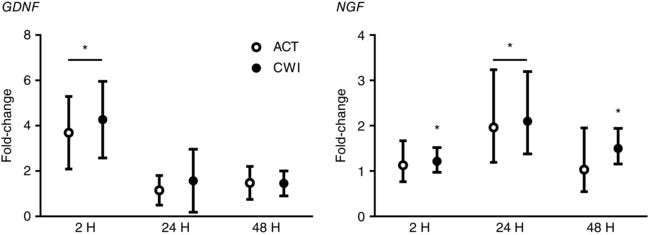
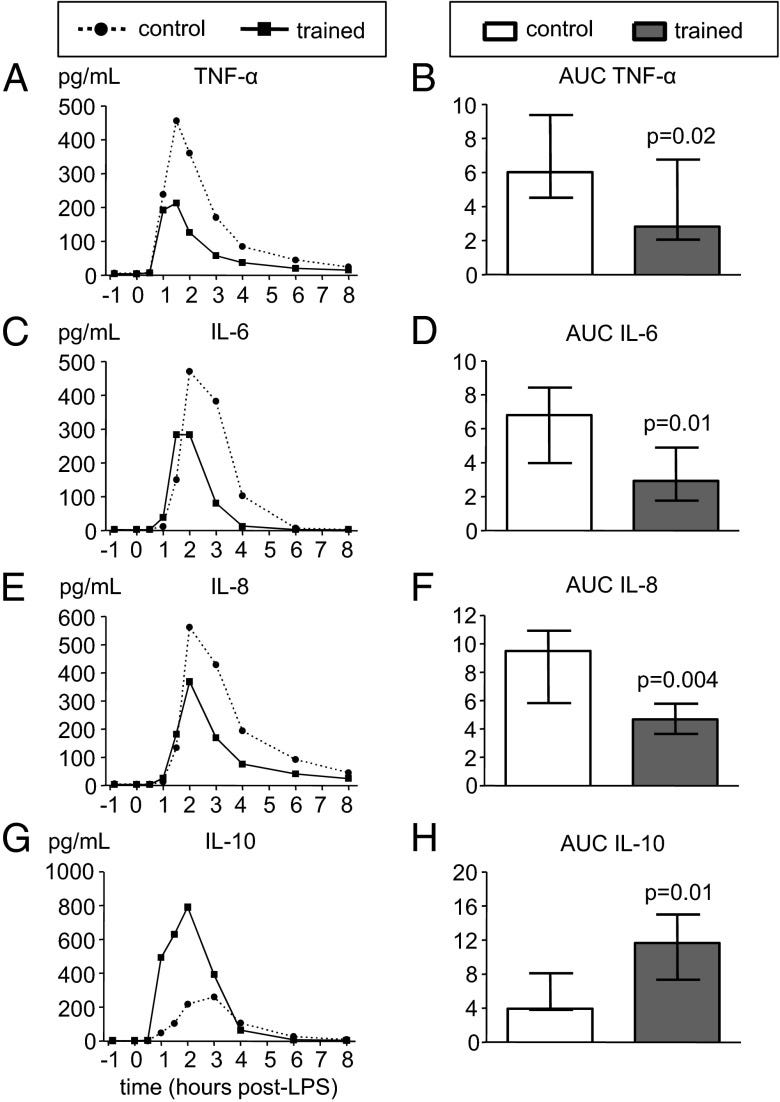



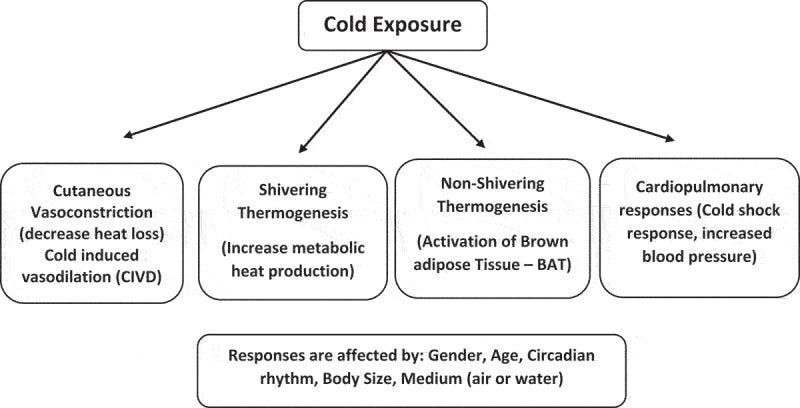
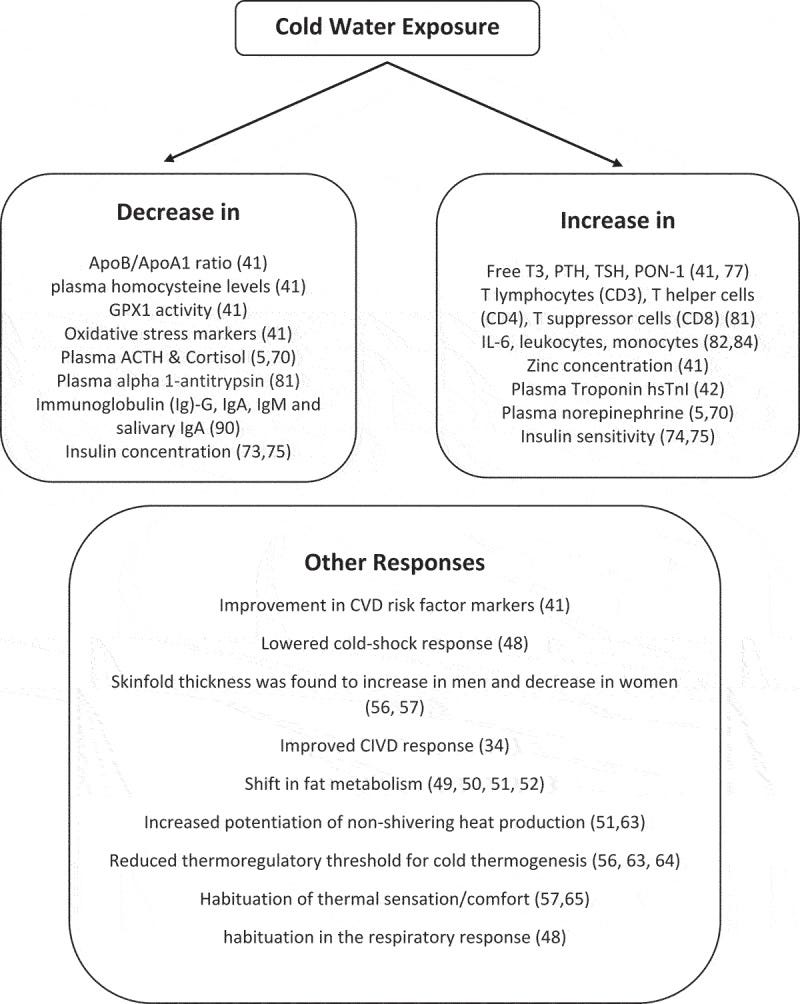



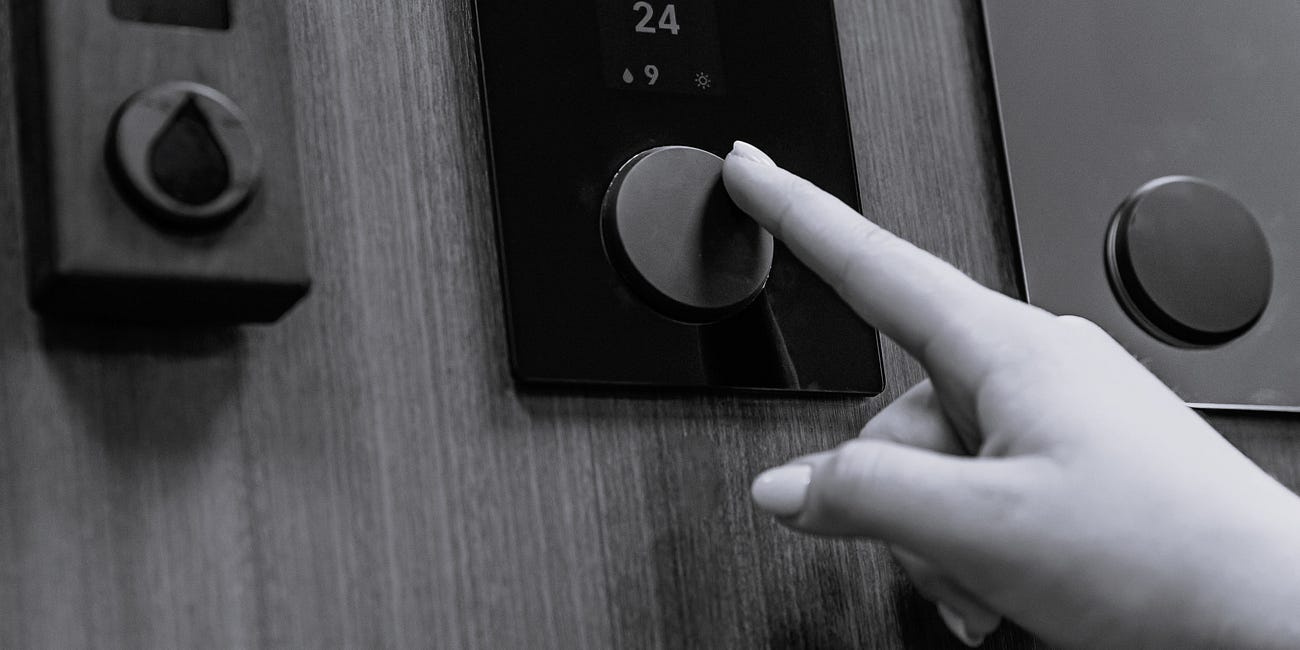

Did you run across any comments regarding the thought that CSR with sauna largely nullified the benefits of sauna?